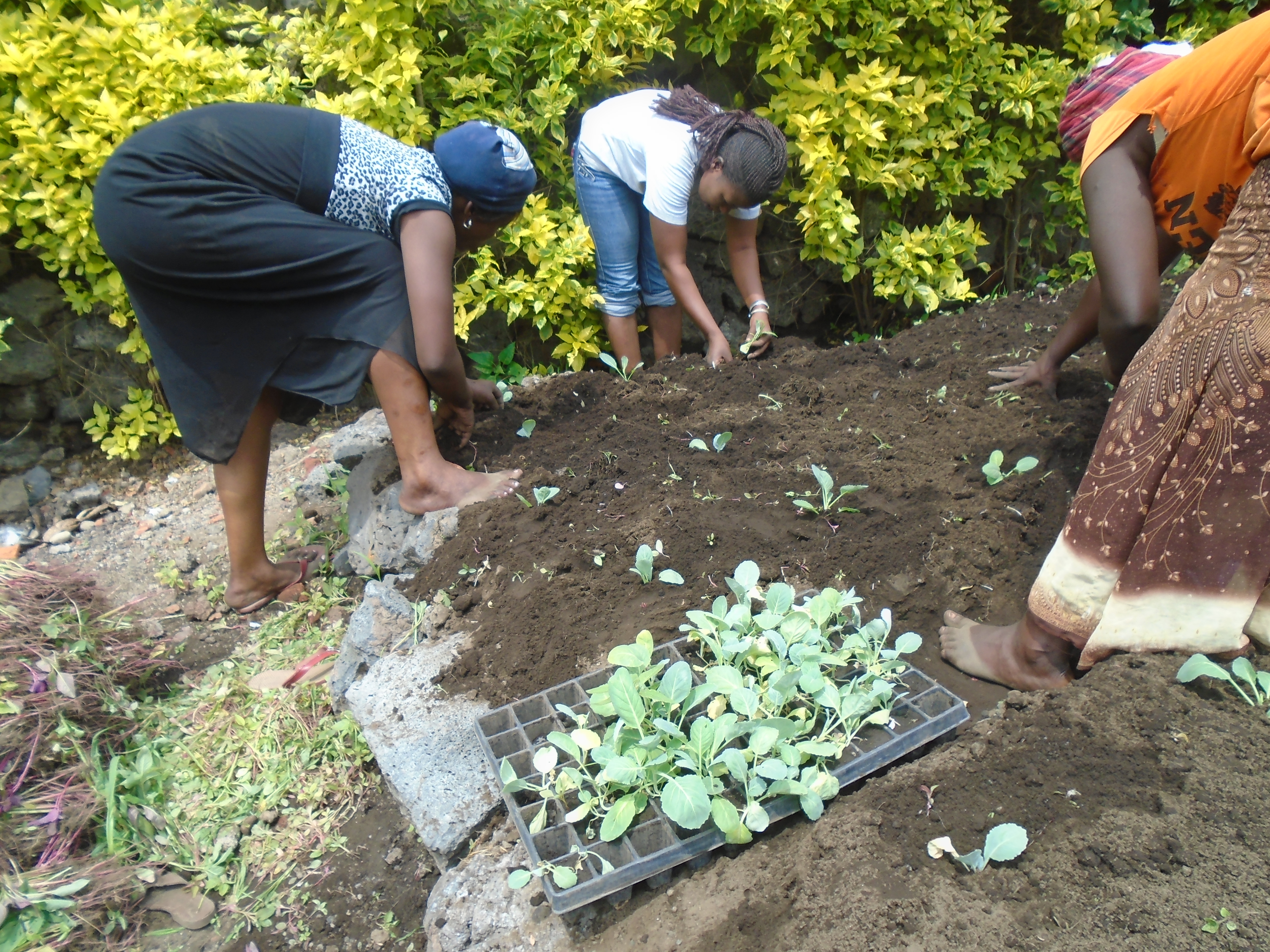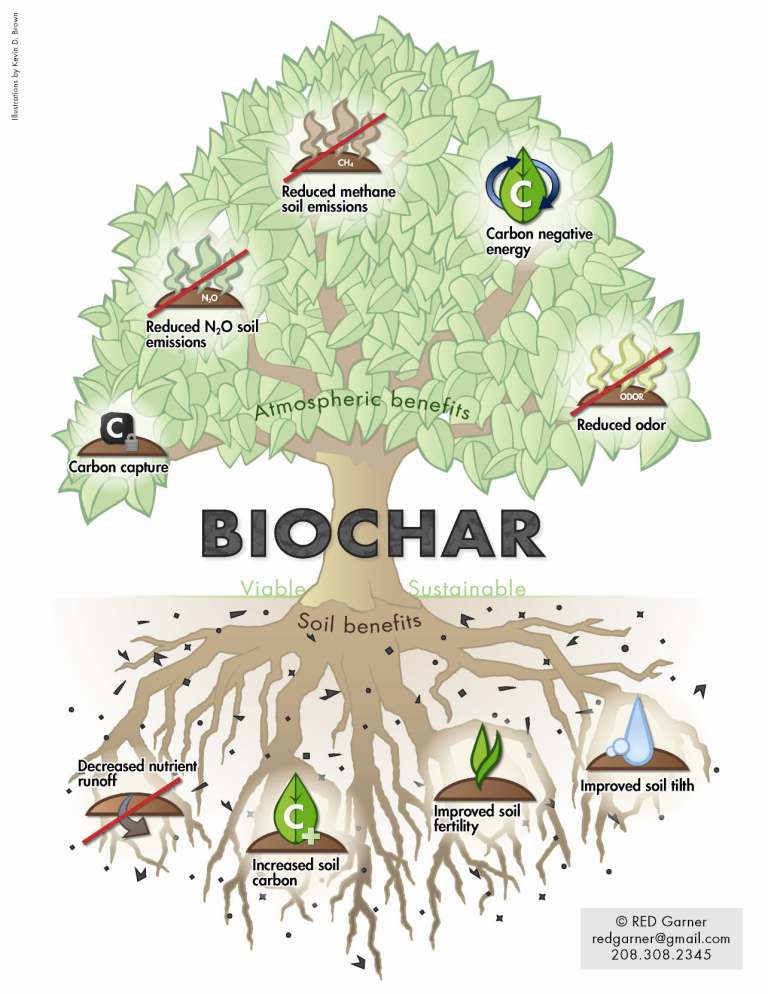
“The global food system relies on increasingly fragile resources. The world is losing 24 billion tons of fertile soils a year because of erosion and the food system is currently losing about 70 percent of all water withdrawn from natural cycles.”
THE PHOSPHORUS TAX
As efforts to feed an estimated 2050 global population of 9.7 billion swing into overdrive, the global breadbasket tropics from Africa to the Amazon are the primary target for “agricultural intensification.”
Industrializing food security places the solution in the hands of the very system which created the problem, and it gives rise to what for all intents and purposes might be the quintessential ‘Catch-22: Injecting massive amounts of phosphorus-draining fertilizers into the soil to feed 9.7 billion could render the international food belt barren.
“In some parts of the tropics, for every ton of phosphorus harvested in food, you have to donate one ton to the soil,” said scientist Eric Roy, co-author of the University of Vermont report Nature Plants. “We call that the phosphorus tax.”
Phosphorus, the “energy unit” of plants, is integral to every part of a plant’s lifecycle — from photosynthesis through seedling grown, grain formation and maturity. And, in yet another ironic twist, there is not enough phosphate rock available to re-feed the soil and insure crop sustainability.
MIND THE ‘FOOD’ GAP
While the United Nations notes the need for a 70% increase in global food supplies by 2050, the International Food Policy Research Institute (IFPR) predicts that climate change has the potential to cut global food output by 18%. Estimates are it will take at least 15 years to identify the most effective interventions.

“Imagine if we treated our #farmers #workers #people #planet#farms #soil as we treat our #laptops #phones and#shoes!” says El Capitan @ Food Tank: The Food Think Tank in #DC —
Climate change acts as a threat multiplier, making the challenges of sustainable food security much more difficult … The uncertainty of climate prediction means that climate-specific investments are not yet appropriate, for the most part. However, supporting investments in physical and human capital can begin immediately as a way of increasing the efficiency of land, water, and nutrient use, as essential factors in growth, climate resilience, and mitigation of agricultural GHGs. The investments needed to cope with climate change through 2050 seem possible to accomplish, at least under conditions of relatively free international trade. (emphasis added mine)
In an April 29 article Food System Shock: Climate Change’s Greatest Threat to Civilization, Dr. Jeff Masters maintains the position that catastrophic impacts on global food supplies could emerge as the “greatest threat of climate change to civilization over the next 40 years.”
Masters references a Lloyds of London 2015 “Food System Shock” report, which scopes out potential doomsday scenarios wherein simultaneous droughts, floods and extreme weather events wipe out crops from the world’s leading suppliers.
Take for example, the impact on rice and wheat of an El Niño driven drought and flooding in the equatorial Pacific —
India (world’s #1 rice and #7 wheat exporter): wheat -11%, rice -18%
Vietnam (world’s #2 rice exporter): rice -20%
Australia (world’s #3 wheat exporter): wheat -50%
Bangladesh, Indonesia, Thailand, Philippines: rice -6% to -10%
– or the possibility of simultaneous Mississippi and Missouri river flooding reducing US corn production by 27%.
THE ROOT OF THE MATTER
The vast majority of the world’s farms are small or very small. Worldwide, farms of less than 1 hectare account for 72% of all farms, but control only 8% of all agricultural land. Farms between 1 and 2 hectares account for 12% of all farms and control 4% of the land. In contrast, only 1% of all farms in the world are larger than 50 hectares, but they control 65% of the world’s agricultural land. Agriculture at a Crossroads
In a previous article Is .5° Fatal Flaw in Paris Climate Agreement?, I concluded with mention of a new cosmological worldview espoused by astrophysics professor Adam Frank, who suggests “planetary survival lies in the ability of our species to evolve beyond the current paradigm of behaviors which have brought us to the edge of extinction.”
Looking at the future of the global food supply through an unorthodox lens opens up opportunity to warp drive an evolutionary application of traditional environmental knowledge via emergent data sharing technologies, social media and crowdsourcing platforms.
Imagine this going viral!
Step 1: Create a multi-crop farming system utilizing the 500 million-year-old symbiotic relationship between plants and mycorrhizal fungi, a root fungus which readily soaks up water and nutrients from deep within the soil, passing nitrogen and phosphorous to plants in exchange for carbon.
“All the stresses that a plant can potentially be exposed to are generally improved by mycorrhizal interactions,” says microbiology professor Heike Bücking. “These fungi, if used efficiently, can provide the plant with an improved resistance against stresses that are often difficult for us to predict.” Stressors include drought, heavy metals, salinity and disease.
Step 2: ‘Fertilize’ the crops with biochar, a natural soil enhancer first used by Native Americans thousands of years ago. The Biochar-enhanced soil retains and delivers to plants nutrients that might otherwise be either locked into soils or dispersed by rainwater.
”Biochar has many agricultural benefits. It increases crop yields, sometimes substantially if the soil is in poor condition. It helps to prevent fertilizer runoff and leeching, allowing the use of less fertilizers and diminishing agricultural pollution to the surrounding environment. And it retains moisture, helping plants through periods of drought more easily. Most importantly, it replenishes exhausted or marginal soils with organic carbon and fosters the growth of soil microbes essential for nutrient absorption, particularly mycorrhizal fungi.” From IBI Biochar Overview.
Step 3: Let the carbon sink! Both mycorrhizal fungi and biochar are gaining recognition for yet another positive environmental contribution: They both sequester carbon — for millenia.
On Mycorrhizal fungi from Karina Clemmensen at the Swedish University of Agricultural Sciences:
A new study in Sweden, however, indicates that 50 to 70 percent of the carbon bound in soil is actually from tree roots and the fungi that grow on them.
(snip)
“These fungi live in symbiosis with plant roots and transport carbon from plant photosynthesis directly into the soil. The prevailing dogma had been that aboveground plant litter (dead needles and wood) is the principal source of carbon storage in boreal forest soils,” she explained. But her results show that “a large proportion of the carbon stored in boreal forests instead enters the soil from beneath, via roots and their associated mycorrhizal fungi.”
On Biochar by Bill McKibben:
If you could continually turn a lot of organic material into biochar, you could, over time, reverse the history of the last two hundred years…We can, literally, start sucking some of the carbon that our predecessors have poured into the atmosphere down through our weeds and stalks and stick it back in the ground. We can run the movie backward. We can unmine some of the coal, undrill some of the oil. We can take at least pieces of the Earth and – this is something we haven’t done for quite a while – leave them Better Than We Found Them.
Shocked?
Awed?
Let’s think on this, shall we?


